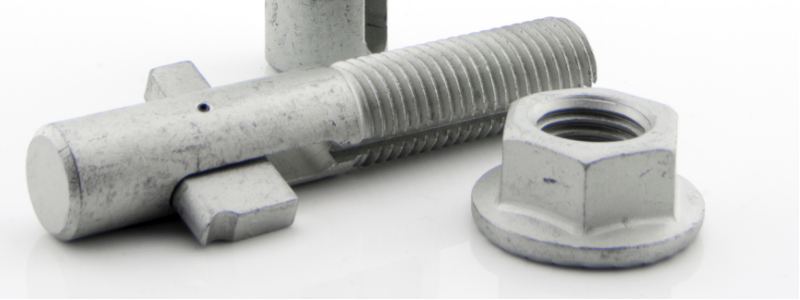What Is the Difference Between A Blind Bolt and A Blind Rivet?
Blind Bolt US | 9th November 2020

Blind Bolts
When the job you’re doing needs metal to be fastened onto metal or materials such as plastic and wood, blind rivets are the perfect solution. The major plus point they offer is the fact that they are even stronger than traditional rivets, making them ideal when a joint has to be particularly secure. In addition to this it is possible to purchase blind rivets which have been manufactured from titanium. This offers shear strength of 90 KSI which makes them twice as strong and durable as a standard blind rivet. In the case of both blind rivets and blind bolts, application is possible with access to just one side of a joint, which puts the ‘blind’ in ‘blind bolts’. When using machine bolts and rivets, on the other hand, both sides of the material have to be accessed.
How To Use A Blind Rivet?
A blind rivet comes in two pieces. There is the rivet itself, and within the body of the rivet, a mandrel. Once a hole has been drilled through the two pieces of material, the rivet can be inserted. Once it’s in place you can use a specific installation tool to fit the mandrel in place, using this tool causes the rivet to ‘set’, with a bulge which joins the two items securely. At the same time, the exposed mandrel then breaks off inside the rivet. Depending upon the specific nature of the task in hand, you can work with blind rivets which come in a variety of head shapes and metal composites. The choice you make will be dictated by the strength and resistance to corrosion required.
The options offered involve different combinations of aluminum, steel and stainless steel. The popularity of blind rivets is down to a number of factors:
- They are easy to install
- Installation doesn’t mark the surface of the materials being joined
- They are resistant to corrosion and interference
If you’re using softer materials you can make use of a back-up washer, while choosing between an open or closed ended rivet provides extra protection against the impact of liquids. If needed, we also provide advice on factors like the grip range, which is variable and can impact on structural integrity if the right choice isn’t made.
How To Use A Blind Bolt?
Blind bolts can be utilized across many applications within the construction industries. Tasks which used to be extremely difficult – such as fixing something onto the cavity of a girder or a boxed section – are simplified by the use of blind bolts. In addition to ease of use, blind bolts offer high tensile strength and a range of shear strengths, making them ideal for a wide range of applications. The wide range of possible combinations means that blind bolts offer incredible flexibility to go with the extremely secure fastening they provide.
Blind bolt fasteners offer an efficient and unobtrusive fastening solution across all areas of industry. When planning a job, it’s imperative that you make the right choice of blind bolts and blind rivets. If you do, the finished project will combine extreme strength with high quality.
Bolted Shut
Our experts will help you to decide whether a blind bolt or blind rivet is the best choice for your project, and we’re always happy to provide additional advice. Here at Blind Bolt we’re always working to come up with new ways in which our products can save time and money for the people using them. In addition, we’re constantly trying to improve our blind fixings to offer the perfect blend of quality and value.
Interested in finding out more about our blind bolts and how they work? Get in touch with a member of our team today on +44(01299) 272 955 or email us on enquiries@blindbolt.com. We look forward to hearing from you.

The Blind Bolts